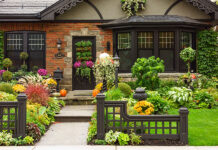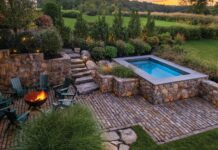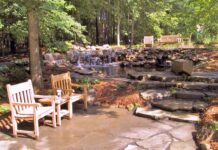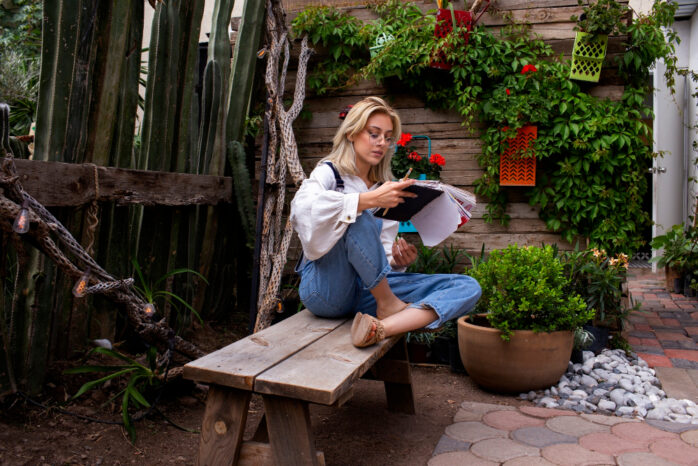
Landscaping is far more than mere decoration for outdoor spaces; it is an art form that merges aesthetics with functionality, creating an environment that enhances the quality of life for those who inhabit it. A well-designed landscape not only elevates the visual appeal of a property but also brings forth a multitude of benefits, including improving mental health, increasing property value, and contributing positively to the local ecosystem. Through thoughtful design and careful plant selection, landscaping can transform an ordinary space into a tranquil oasis, a vibrant entertainment area, or a functional outdoor living room, reflecting the personality and needs of its owner.
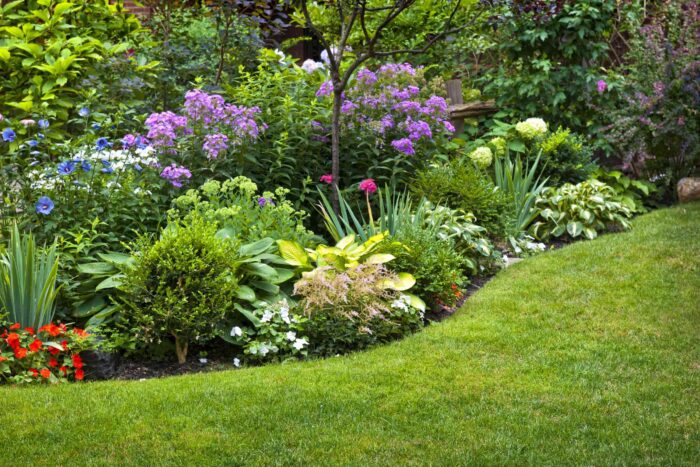
Planning Your Landscape
Embarking on a landscaping project without clear goals is like setting sail without a compass. It’s crucial to define what you want to achieve with your outdoor space. Whether it’s creating a serene retreat, a space for entertaining, or a playground for children, having a clear vision guides the entire landscaping process. Alongside this vision, it’s equally important to establish a budget and timeline. A well-planned budget ensures that resources are allocated efficiently, preventing unnecessary expenditures. A realistic timeline sets expectations for project completion, allowing for a smooth and organized transformation of your outdoor space. If you can’t handle this on your own, make sure that you contact professional landscapers.
Choosing the Right Plants
The heart of any landscape lies in its flora. Selecting the right plants involves more than just choosing what looks appealing; it requires a deep understanding of the local climate and soil conditions. Plants that are well-suited to their environment thrive with minimal intervention, contributing to a sustainable and low-maintenance landscape. Moreover, incorporating native plants is not only beneficial for the local ecosystem, providing habitats for native wildlife, but also maintains the natural beauty and character of the region. Thoughtful plant selection is the cornerstone of a landscape that is both beautiful and ecologically responsible.
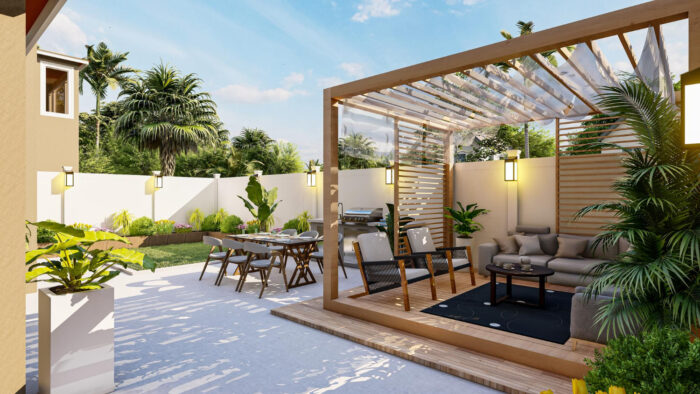
Design Principles
Mastering the principles of landscape design is akin to learning the grammar of a language. Elements such as balance, focal points, and harmony are the building blocks of a visually pleasing outdoor space. Achieving balance involves distributing visual weight equally, ensuring that no single feature overwhelms the others. Focal points draw the eye and add interest, guiding viewers through the landscape. Harmony and unity are achieved when all components of the landscape work together cohesively, creating a sense of order and tranquility. Incorporating color and texture adds depth and interest, making the landscape a dynamic and inviting space.
Hardscaping Features
Hardscaping, the non-living elements of landscaping, includes structures like patios, pathways, and decks. These features play a pivotal role in defining the functionality and aesthetic of outdoor spaces. A well-designed patio serves as an extension of the living area, providing a space for relaxation and entertainment. Pathways guide movement and exploration, inviting visitors to journey through the garden. Decks offer elevated views and a solid foundation for outdoor dining or lounging. Integrating hardscaping with natural elements requires a thoughtful approach, ensuring that these structures complement rather than dominate the living landscape.
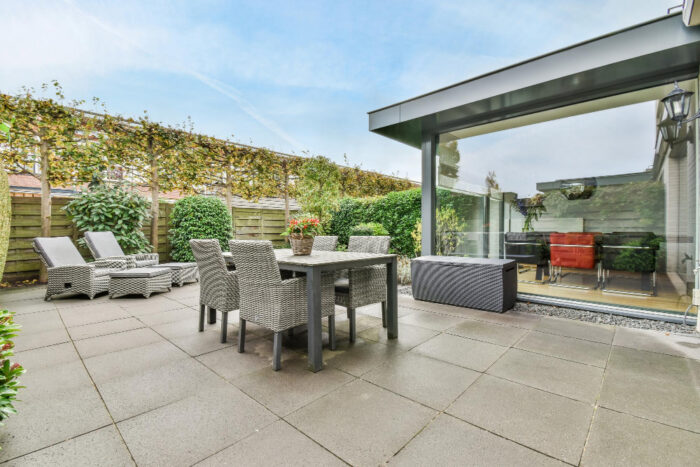
Creating Functional Spaces
A well-planned landscape goes beyond aesthetics; it’s about creating functional spaces that cater to the various needs and activities of its users. Defining different zones within the outdoor area maximizes its utility and enjoyment. Dining areas, relaxation nooks, and entertainment spaces each serve distinct purposes and should be designed accordingly. These spaces can be delineated through strategic plant placement, changes in hardscaping materials, or the use of outdoor furniture, creating a seamless flow from one area to another. A landscape that balances beauty with functionality not only enhances the visual appeal but also elevates the overall experience of the outdoor space.
Sustainable Landscaping
Embracing sustainable landscaping means adopting practices that harmonize with the natural environment, conserving resources while beautifying your surroundings. Techniques like xeriscaping, which involves selecting drought-resistant plants and minimizing water use, and creating rain gardens to capture and filter rainwater, embody this approach. The incorporation of sustainable materials, such as recycled or locally sourced stones and organic mulches, further enhances the eco-friendliness of your garden. These materials not only reduce your carbon footprint but also add unique textures and colors, elevating the aesthetic appeal of your landscape.
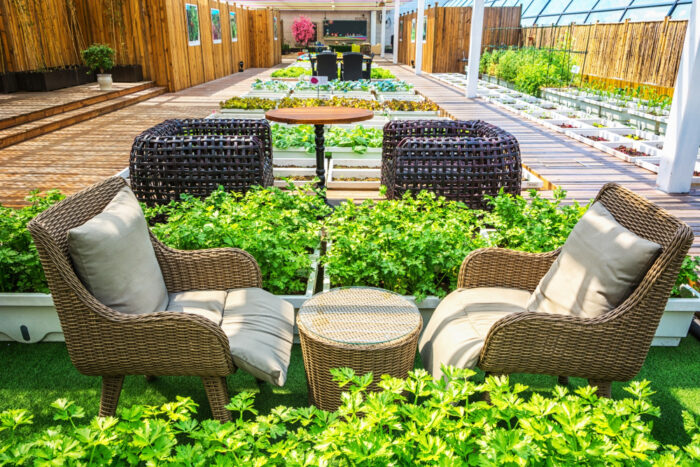
Maintenance and Care
A vibrant landscape is the result of diligent maintenance and care. Regular upkeep activities like watering, pruning, and fertilizing are crucial for the health and growth of your plants. However, it’s not just about keeping your garden alive; it’s about helping it thrive. Adhering to a seasonal maintenance routine ensures your landscape is prepared to face the changing weather conditions, whether it’s the bloom-promoting practices of spring or the protective measures for winter. This rhythmic care not only preserves the visual appeal of your landscape but also fortifies its resilience against diseases and weather extremes.
Lighting and Irrigation
Illuminating your landscape is not just a matter of aesthetics but also safety. Thoughtfully placed outdoor lighting can transform your garden into a nocturnal wonderland, accentuating the features you’re most proud of, while ensuring safe passage through paths and around water features. Similarly, choosing the right irrigation system is pivotal. It’s not just about watering your plants; it’s about doing it efficiently and responsibly. Systems that cater to the unique needs of your plants, considering factors like root depth and water requirements, not only save water but also promote healthier, more vigorous growth.
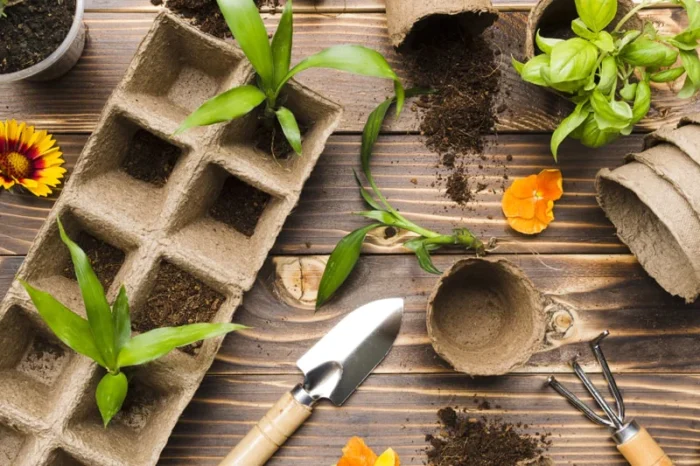
Dealing with Challenges
Every garden faces its set of challenges, from insidious pests and stubborn weeds to problematic drainage issues. Addressing these challenges requires a blend of preventive measures and responsive solutions. Implementing practices like companion planting can deter pests naturally, while proper soil preparation can prevent the majority of drainage and weed problems. When issues do arise, opting for environmentally friendly solutions, such as organic pesticides or natural weed suppressants, can resolve your problems without compromising the health of your garden or the environment.
Personalizing Your Landscape
Your landscape is a canvas for your creativity and personal expression. Infusing your outdoor space with personal touches like unique plant choices, art pieces, or sculptures can turn a standard garden into a reflection of your personality and style. The selection of plants, the design layout, and the decorative elements you choose all contribute to the narrative of your landscape, telling a story that is uniquely yours. This personalization not only elevates the visual appeal of your space but also creates an environment where every corner resonates with your personal style and preferences.
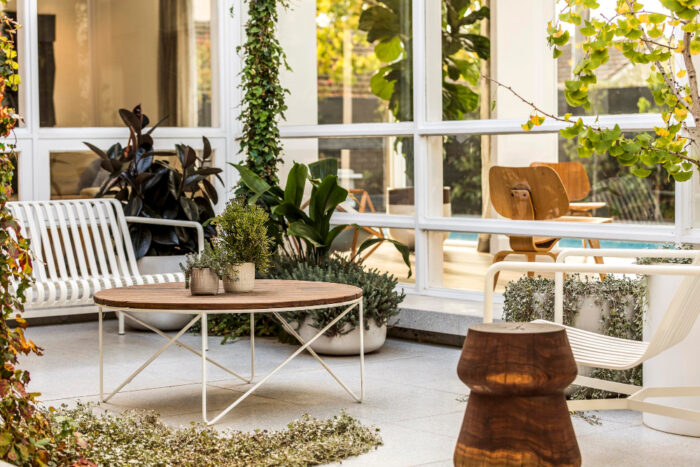
Conclusion
Creating a beautiful outdoor space is an art that balances aesthetics, functionality, and sustainability. By adopting eco-friendly landscaping practices, you contribute to the wellbeing of the environment while crafting a space that reflects your style and meets your functional needs. Regular maintenance, appropriate lighting and irrigation, addressing landscaping challenges proactively, and personalizing your space are all part of this creative journey. The satisfaction of cultivating such a space is unparalleled, and the benefits, both immediate and long-term, are substantial. A well-maintained landscape not only enhances the beauty of your property but also becomes a sanctuary for you to relax, entertain, and connect with nature.


